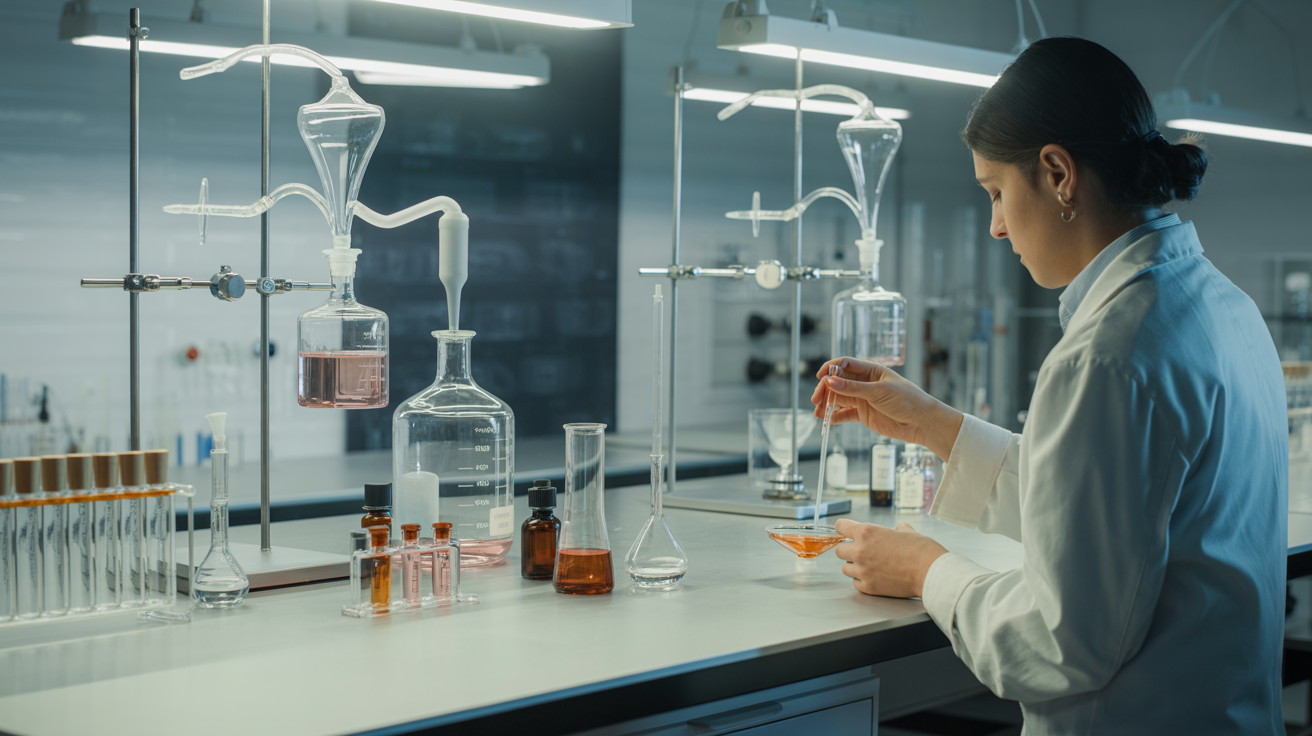
The Art of Perfume Creation: From Raw Materials to Final Bottle
Dive deep into the fascinating world of perfume creation. Learn about the intricate process, from sourcing rare ingredients to the final bottling, and discover what makes a truly exceptional fragrance.
Perfume creation is one of the world's most refined art forms, combining chemistry, artistry, and intuition. Understanding this process deepens appreciation for every spray and reveals why certain fragrances command premium prices.
The Perfumer's Palette: Raw Materials
Perfumers work with thousands of ingredients, categorized into natural and synthetic materials.
Natural Ingredients
Flowers: Rose, jasmine, tuberose, iris Citrus: Bergamot, lemon, orange, grapefruit Woods: Sandalwood, cedarwood, oud Spices: Cinnamon, cardamom, pink pepper Resins: Frankincense, myrrh, benzoin
Synthetic Materials
Modern perfumery relies heavily on synthetic molecules that provide consistency, sustainability, and novel scent profiles impossible to achieve naturally. Synthetics like Iso E Super, Ambroxan, and Hedione have become perfumery staples.
The Perfume Pyramid Structure
Perfumes are composed in three layers:
Top Notes (First 15 minutes) The initial impression. Usually light, volatile molecules like citrus and herbs that evaporate quickly but create the crucial first impression.
Heart Notes (15 minutes to 4 hours) The perfume's core character. Floral, fruity, and spicy notes dominate this stage, defining the fragrance's personality.
Base Notes (4+ hours) The foundation providing longevity. Woods, musks, vanilla, and amber anchor the composition and determine how long the fragrance lasts.
The Creation Process
Brief and Inspiration Every perfume begins with a concept: a mood, memory, person, or place. The brand provides a brief outlining target demographics and desired characteristics.
Formula Development Perfumers create multiple iterations, adjusting ratios of ingredients in tiny increments. A single fragrance might go through 100+ versions before approval.
Maceration Ingredients are blended and left to mature, allowing molecules to marry and harmonize. This process can take weeks to months.
Stability Testing The formula undergoes rigorous testing for stability in various temperatures, packaging compatibility, and skin safety.
Production Scaling Translating a small batch formula to industrial production requires precise calculations and quality control.
Extraction Methods
Different raw materials require specific extraction techniques:
Enfleurage: Traditional method for delicate flowers Steam Distillation: Most common for flowers and leaves Solvent Extraction: For materials that can't withstand heat CO2 Extraction: Modern method preserving delicate notes Expression: For citrus peels
The Role of Concentration
Fragrance concentration affects performance and price:
Parfum/Extrait: 20-30% fragrance oil Eau de Parfum: 15-20% Eau de Toilette: 5-15% Eau de Cologne: 2-4%
The Business of Creation
Most commercial fragrances are created by fragrance houses like Givaudan, IFF, and Firmenich rather than in-house perfumers. These companies employ master perfumers who create fragrances for multiple brands.
Cost Factors
Raw material quality and rarity Perfumer expertise and reputation Development time and iterations Marketing and packaging Brand positioning
The Future of Perfumery
AI and machine learning are entering perfume creation, analyzing successful formulas to predict winning combinations. However, the human element—intuition, creativity, and emotional understanding—remains irreplaceable.
Conclusion
Perfume creation is where science meets art. Next time you spray a fragrance, remember the years of expertise, thousands of ingredients, and countless iterations that created that moment of beauty.
